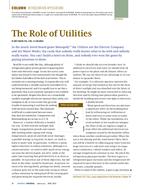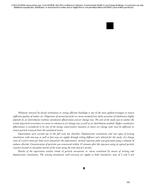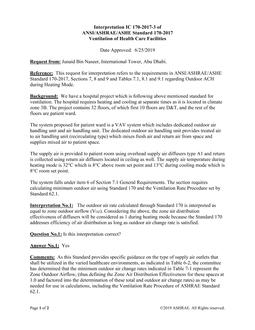Click here to purchase
Vinyl siding is the most widely used cladding type on residentialbuildings, with a 37% share. An air cavity behind thevinyl siding within the building envelope provides an approachto mitigating moisture-related issues. However, most existingstudies assume the air cavity to be rectangular and thus neglectthe effects of geometric irregularity and complexity on thedrying performance in the air cavities behind vinyl siding.Therefore, in this study, after analyzing the irregular andcomplex configuration of air cavities behind siding for a onestoryresidential building, a mathematical model was developedto evaluate the drying performance of the air cavity. Theresults show that the shape of vinyl siding plays a major rolein the airflow rate, and an increase in air cavity depth has apositive effect on the drying potential of vinyl siding. Furthermore,it shows that the airflow rate rapidly increases andconverges at a constant value as the air cavity depth increases.The cavity’s airflow rate reaches its maximum value when thecavity depth is 20% of a siding panel projection for a tripleDutch lap siding. Based on the optimal cavity depth that is noless than the water droplet diameter, a new design of vinylsiding is proposed.
Product Details
- Published:
- 2022
- Number of Pages:
- 9
- Units of Measure:
- Dual
- File Size:
- 1 file , 1.1 MB
- Product Code(s):
- D-LV-22-009
- Note:
- This product is unavailable in Russia, Belarus


